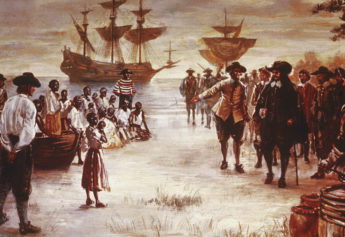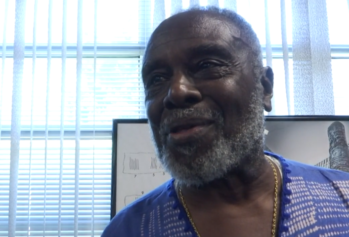Filling the hall with her deep, warm and triumphant voice, Freedom Singer Rutha Harris led a conference room full of union members in song during a panel featuring the testimonies of women who were part of the Student Nonviolent Coordinating Committee (SNCC), one of the critical forces of the Civil Rights movement that confronted racial segregation with nonviolent direct actions.
The panel, part of the AFL-CIO’s 2013 Martin Luther King Jr. Conference taking place in Philadelphia, also included Diane Nash, Debbie Amis Bell and Martha Noonan. All are formerly SNCC members who organized in the South.
These bold activists know what it means to be beaten, spat on, thrown in jail, and faced with daily violence in the form of sexual assault, constant physical attacks and cruel discrimination.
Nash, an organizer of the Freedom Rides, said about her choice to continue the rides in the face of extreme violence:
“When the Freedom Riders were so severely beaten that they couldn’t continue, in 1961, I remember thinking: oh my goodness, we have to make certain that the Freedom Rides continue. Because if the idea spreads to Southern white racists that they can stop a movement project by inflicting massive violence, whenever we try to do anything – get the right to vote, desegregate accommodations, buses – then white racist men would come out en masse to do as much violence to demonstrators as possible. If that happened, I knew a lot of people would be killed before the movement could continue.”
Noonan, a SNCC civil rights worker in Alabama, also reflected on the very real consequences African-Americans faced if they even dared to attempt to vote:
“When I was [canvassing and] asking people, ‘do you want to try to vote?’ I knew I was really asking: Are you ready to lose your job and go to jail? Oh and your house may be bombed and you may lose your life. And actually, some people said yes – some people earning $12 or less. Even some people living in homes covered with newspapers to keep out the cold. I think people were so used to living with fear and being aware that being black in America is so dangerous that it makes sense to risk everything and to move into an even more fearful place if there is even a small chance that freedom may be won.”
As Noonan saw it, many people dared to fight for change because to not do so would mean an even more precarious and shadowed existence. Under these circumstances, the women of SNCC chose to confront fear and hate and speak out against the injustices of their day, rather than continue living with their heads down…
Read More: aflcio.org


